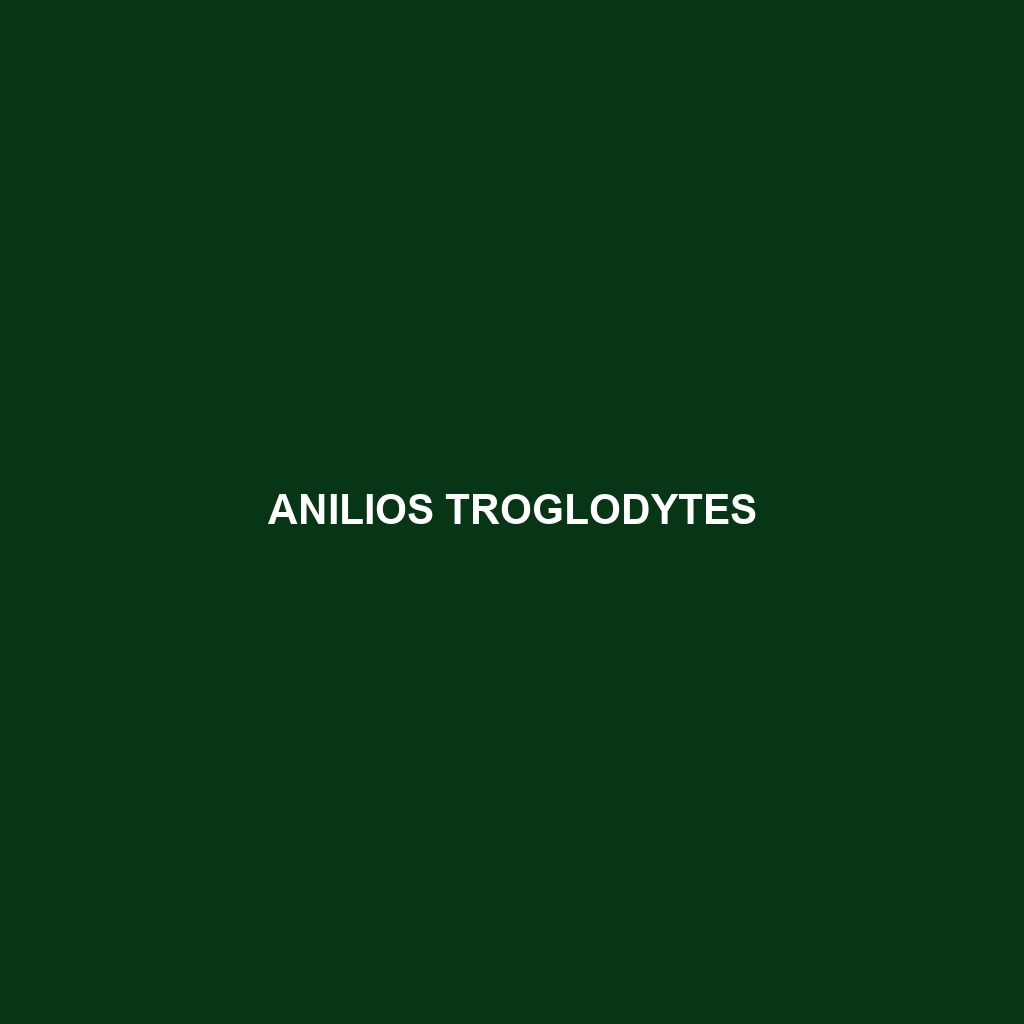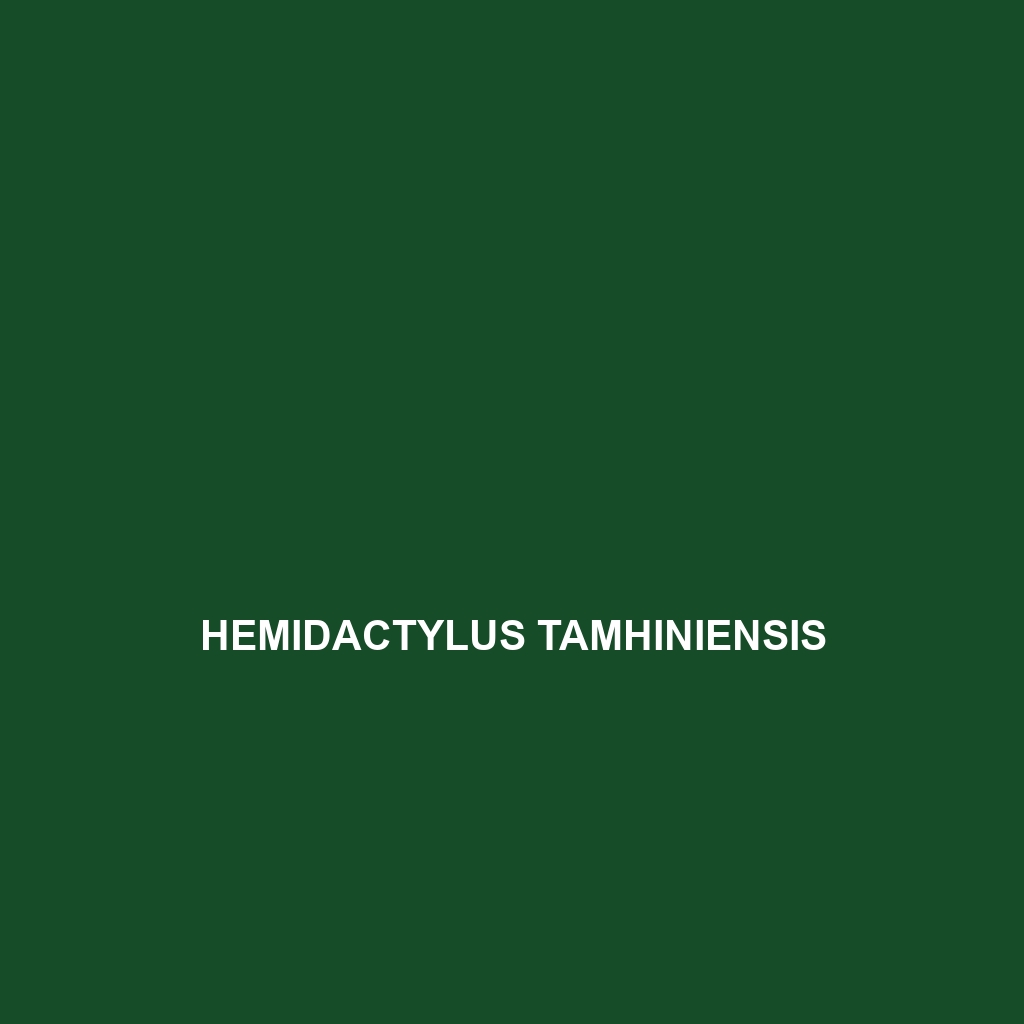-

Anilios tovelli
Discover the Tovell’s blind snake (Anilios tovelli), a small, fossorial species native to Queensland, Australia, with a smooth, glossy body and a diet primarily consisting of ants and termites. Known for its gentle temperament and unique reproductive method of ovoviviparity, this snake plays a vital role in regulating pest populations in its ecosystem.
-

Anilios troglodytes
Discover the fascinating Anilios troglodytes, also known as the burrowing blind snake, a nocturnal fossorial species found in Australia’s sandy habitats. With its elongated body, small vestigial eyes, and specialized diet of small invertebrates, this unique snake plays a vital role in maintaining the balance of its ecosystem.
-

Anilios unguirostris
Discover the elusive Anilios unguirostris, a slender burrowing snake native to the humid forests of northeastern Australia. Measuring 60 to 100 cm, this species features distinctive dark brown coloration with lighter bands, primarily feeding on small invertebrates while playing a vital role in nutrient cycling within its ecosystem.
-

Anilios vagurima
Discover the Anilios vagurima, also known as the vagurima blind snake, a slender, fossorial species native to the rainforests of northeastern Queensland, Australia. Measuring 30 to 50 cm in length, this elusive snake thrives underground, feeding on small invertebrates while playing a crucial role in maintaining soil health and biodiversity.
-

Anilios torresianus
The Torresian blind snake (Anilios torresianus) is a non-venomous, fossorial species commonly found in the moist environments of northeastern Australia and New Guinea, characterized by its smooth, elongated body, primarily feeding on small invertebrates like ants and termites. Known for its gentle demeanor and nocturnal behavior, it plays a crucial role in regulating insect populations…
-

Anilios systenos
Discover the Anilios systenos, or narrow-headed snake, a slender nocturnal species found in the tropical rainforests of northern Australia, known for its smooth scales, unique camouflage, and diet primarily consisting of small invertebrates. With a conservation status of Least Concern, this fascinating snake plays a crucial role in its ecosystem as both predator and prey.
-

Anilios proximus
Discover the Anilios proximus, a slender, nocturnal snake from Papua New Guinea, known for its distinctive brown and cream coloration and small, vestigial eyes. This secretive species thrives in moist habitats, primarily feeding on small invertebrates, while playing a vital role in its ecosystem by controlling prey populations.
-

Anilios robertsi
Discover the unique Anilios robertsi, or Roberts’ Blind Snake, a nocturnal, fossorial species thriving in Australia’s arid woodlands with a smooth, glossy appearance and a diet primarily consisting of small invertebrates like ants and termites. This small, legless snake plays a vital role in its ecosystem by aerating soil and controlling insect populations, making it…
-

Anilios silvia
Discover the Anilios silvia, a fascinating blind snake native to the tropical rainforests of Australia. Ranging from 30 to 100 centimeters, this nocturnal and fossorial species plays a crucial role in controlling insect populations and is currently listed as vulnerable due to habitat destruction.
-

Anilios splendidus
Discover the splendid burrowing snake, Anilios splendidus, a nocturnal serpent from the tropical rainforests of northeastern Australia, known for its striking dark and light patterned body, burrowing behavior, and diet of small invertebrates. This vulnerable species plays a crucial role in maintaining soil health and ecosystem balance.
Search
Popular Posts
-
Hemidactylus tamhiniensis
Discover the Hemidactylus tamhiniensis, also known as the Tamhini gecko, a nocturnal reptile native to the rich ecosystems of the Tamhini Ghats in India. Measuring 7 to 10 cm, this insectivorous gecko features a slender body with rough, mottled skin for excellent camouflage, playing a vital role in controlling pest populations within its habitat.
-
Hemidactylus sushilduttai
Discover the unique Hemidactylus sushilduttai, a vulnerable gecko native to the lush rainforests of India’s Western Ghats, known for its robust body, large bulging eyes, and exceptional climbing abilities. This nocturnal insectivore plays a crucial role in controlling insect populations and maintaining ecological balance within its habitat.
-
Hemidactylus stejnegeri
Hemidactylus stejnegeri, or Stejneger’s House Gecko, is a nocturnal insectivore found in tropical and urban habitats across Southeast Asia, known for its striking large eyes, adhesive toe pads, and remarkable climbing ability. Typically measuring 10 to 15 cm, this adaptable species plays a key role in controlling insect populations while displaying unique social behaviors and…
Categories
Tags
animal adaptations (816) animal behavior (4836) animal reproduction (812) behavior (919) biodiversity (7295) conservation (1670) conservation efforts (1588) conservation status (5149) diet (2099) echolocation (822) ecological balance (1736) ecological role (1582) ecology (794) ecosystem (1468) ecosystem role (2747) ecosystem roles (720) endangered species (2450) environmental conservation (745) habitat (3258) habitat conservation (990) Habitat Destruction (1164) habitat loss (3132) insectivorous reptiles (783) IUCN Red List (1623) lizard reproduction (742) nocturnal animals (2722) nocturnal behavior (2394) nocturnal reptiles (819) physical characteristics (2009) reproduction (2869) reptile behavior (742) reptile conservation (1082) reptile reproduction (768) rodent species (1325) seed dispersal (2089) Seed Disperser (963) small mammals (1166) snake diet (804) snake reproduction (860) South America (794) tropical forests (942) Vulnerable Species (4616) wildlife (2508) wildlife conservation (4874) wildlife protection (907)




